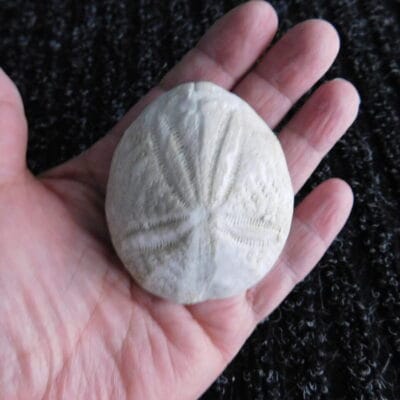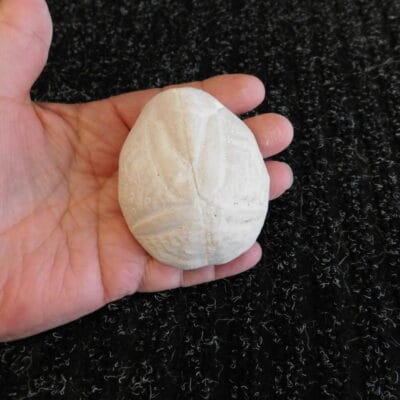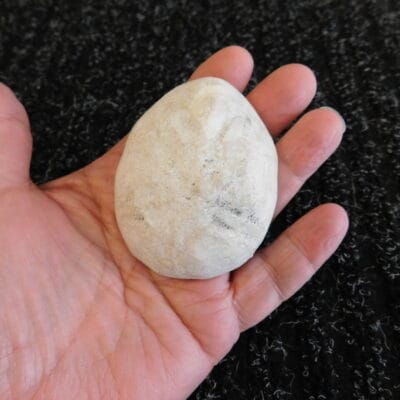No products were found matching your selection.
Sloth Fossils
Sloths belong to the group called Xenarthrans, formerly called Edentata, including anteaters, glyptodonts, armadillos and sloths. Those from Florida evolved in South America. Most fossil xenarthrans have no enamel on their teeth, but the teeth continued to grow throughout the life of the animal so as to compensate for this.
There were basically three different types or genus of sloths in Florida, the mylodontids, the megalonychids, and the megatheres. The first includes the Thinobastides in the Miocene, and the small Glossotherium chapadmalense and the larger Paramylodon harlani. These are ones which have the straight, more rounded in cross-section claw cores.
The second group are the megalonychids which arrived in the late Miocene and lasted until the late Pleistocene. These start with the Pliometanastes and grow progressively larger through M. curvidens, (early Pliocene), leptostomus, (late Pliocene-early Pleistocene) M. wheatleyi, and M. jeffersonii. These sloths had more curved, flat claw cores, as did the eremotheres. In the teeth that follow, the smaller teeth are those of the earlier sloths.
The third type includes the enormous eremothere, megathere and the much smaller Nothrotheriops texanum. These are relatively more scarce in Florida than the other two types. The large Eremotherium teeth are often found split in half. Indeed, all sloth teeth are fragile and need careful handling.
The name “leptostomus” comes from Greek, leptonyx = lepto (narrow), stoma (mouth); thus, Megalonyx leptostomus literally means “big claw, narrow mouth”.
M. leptostomus was about half the size of the later M. jeffersonii (Jefferson’s ground sloth).
M. leptostomus ranged from Washington state as far east as Florida and south through Texas into Mexico.
M. leptostomus was originally described from Mount Blanco, Texas, in 1893 by Edward Drinker Cope.
Specimens were among the variety of fossils first collected at the Hagerman Fossil Beds in Idaho by Smithsonian field crews in the 1930s. In 1935 C.L. Gazin, the curator of vertebrate paleontology at the Smithsonian in charge of the last excavations at the Horse Quarry in 1934, wrote a scientific paper describing the fossil sloth material from Hagerman.[1] He originally referred to the Hagerman sloth as Megalonyx leptonyx. This sloth was found in Castle Creek, Owyhee County in the 1870s but is now considered to be the same as M. leptostomus. While no complete skeletons have been found at Hagerman, there have been a good variety of bones for comparison with other species of Megalonyx. These include lower jaws, isolated teeth, various leg bones and a complete hind foot. M. leptostomus was probably ancestral to
Wheatley’s ground sloth (M. wheatleyi) (of Irvingtonian–Yarmouthian age: about 1.2 to 0.6 MYA), which in turn gave rise to the larger, later M. jeffersonii.
Sites where M. leptostomus has been found. In
Florida this includes Hailes Quarry, Santa Fe River, De Soto
and APAC shell pits, Pinellas Co. and Kissimmee River.




















